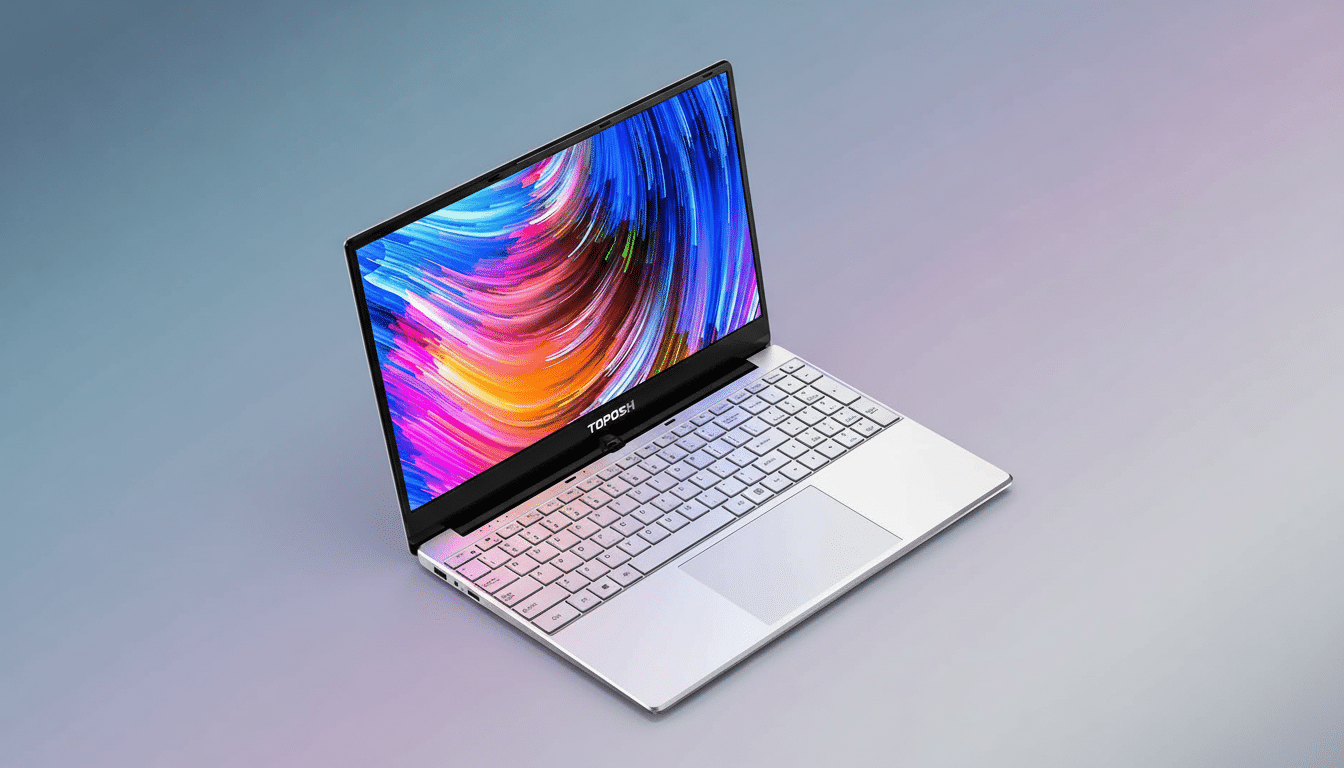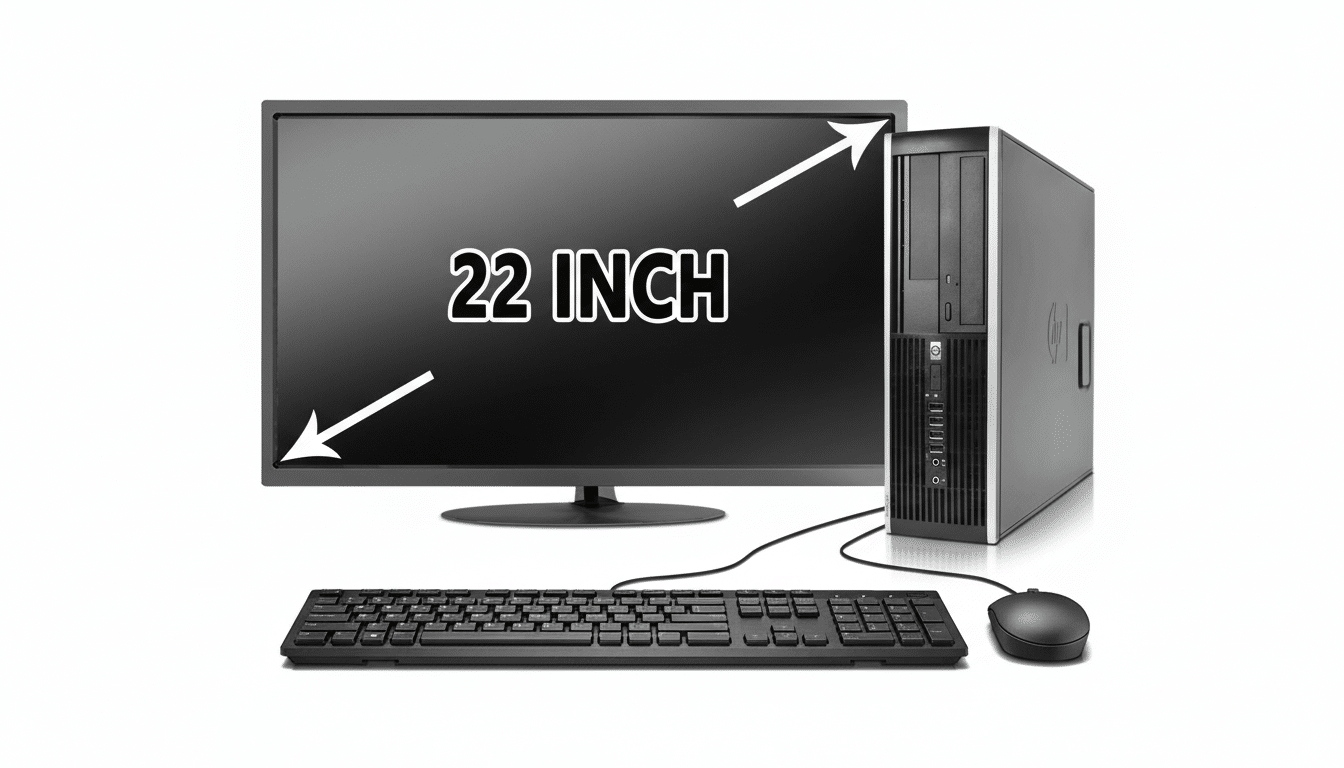Windows 10 is now out of its support window, officially speaking, but the world won’t end. The operating system continues to be deeply ingrained in homes, schools and workplaces, and the transition pressures caused by Windows 11’s more stringent hardware regulations will ensure that the effects of this cutoff reverberate for many years.
Nothing stops working overnight. Windows 10-powered PCs will still be able to boot, run apps and access the web. What vanishes here is that safety net: regular security patches and quality enhancements, unless the device owner pays for extended coverage. That’s a volatile combination, for a platform with a vastly larger installed base.

What End of Support for Windows 10 Really Means
End of support stops the flow of monthly security patches to nearly all editions, switching risk to the user. So Microsoft will now provide Extended Security Updates (ESU) in the form of a separate, paid subscription to continue delivering those all-important fixes on a limited multi‑year basis. This purchases time, but it doesn’t bring you new features or nonsecurity fixes.
There is one exception: some Long-Term Servicing Channel (LTSC) enterprise releases continue to be supported for longer than mainstream editions. Those builds are niche and not suitable for general consumer devices.
A Fractured Upgrade Path for Millions of PCs
Microsoft would ordinarily guide users forward with little friction to the next version. Windows 11 raised the stakes on that calculus with a more stringent set of hardware baselines: You now need Trusted Platform Module 2.0, Secure Boot and only a few very specific CPUs are supported. Millions of perfectly capable Windows 10 devices are being blocked from Windows 11 because the machines don’t pass one or more of those checks.
For large companies, the tally amounts to refresh costs, testing burdens and supply chain timing. For households and small businesses, that frequently translates into running on an out‑of‑support OS or shelling out for ESU while saving up for updated hardware. Some will try unsupported upgrades with workarounds, which introduce their own stability and compliance risks.
How Many PCs Are Stuck on Windows 10 Now?
No one outside of Microsoft sees the full telemetry, and popular “market share” dashboards can be quite noisy. (Statcounter’s trendlines have at times swung erratically, and even the US government’s Digital Analytics Program — one of the more reliable pulses on public web traffic — has had fluctuations that are linked to changes in analytics.)
More targeted measurements are telling. During a recent survey of hundreds of millions of remote sessions, TeamViewer identified approximately 40 percent originated from Windows 10 machines. Large-sample Windows 10 enterprise management data from ControlUp has revealed that it still runs half, or so, of all corporate endpoints. All told, it stands to reason that a third to nearly half of all Windows PCs remain on Windows 10 or later (Windows 10 accounted for about 50% of all installs last month), tens if not hundreds of millions of devices now sitting in the patch gap opened by the loss of ESU.
Security Risks Will Compound Without Updates
Unpatched systems are low‑friction targets for attackers. “This, we are currently experiencing as a rapidly escalating security cliff: each month without patches means greater risk of ransomware via known vulnerabilities, zero‑days and exploit reuse,” says Brad LaPorte, former Gartner analyst now with Morphisec. The industry has learned what happens when outdated Windows versions are allowed to hang around — a vulnerability was used by the WannaCry attackers months after guidance and patches were available, with the impact multiplied through slow endeavours at remediation.

There’s also the human factor. According to Avast’s Luis Corrons, end‑of‑support events provoke a wave of social engineering: fake upgrade prompts, phony “Microsoft support” calls and malvertising that capitalizes on confusion. Even if a specific bug is never used in the wild, users may fall via scams linked to the change.
Enterprises Pivot While Consumers Stall on Upgrades
For big organizations, large and small: pay for an ESU, isolate the old systems in segmented networks or limit their use (a recommendation we might have given to our Chicoms) or move early on hardware refreshes coordinated with Windows 11. Many will combine all three in order to deal with risk and budget cycles. There is little room for error in regulated industries with regards to unpatched endpoints, so CIOs will rapidly move toward containment or discard.
Individual consumers and small businesses are more vulnerable. At a minimum, there’s a sizeable proportion of users who are going to ride Windows 10 until their hardware dies — especially in cash-strapped organizations. That leaves weak points on home and microbusiness networks, and piles on support responsibilities for MSPs, OEMs, ISPs and others with components of an older base out in the field.
Practical Aids to Limit Damage on Windows 10
If you are forced to remain on Windows 10, sign up for ESU as soon as possible in order to continue receiving important security updates. Inventory every device, focusing on the high‑risk roles (finance, HR, admins), and segment older PCs from sensitive systems. Activate built-in exploit mitigations, update drivers and browsers regularly and replace antivirus or EDR agents that are no longer supported with versions that still receive updates.
It will make sense to phase hardware refreshes in that address the biggest gaps first — whether it is the lack of TPM 2.0, unsupported CPUs, or machines that fail vendor support checks.
If replacing isn’t possible, look into virtualization or cloud PC solutions to quarantine the legacy apps and/or move certain workflows to the browser in order to minimize the local attack surface.
Finally, educate users. Clear instructions on what to do versus legitimate Microsoft messaging (and how ESU works) and what not to click will negate a surprisingly high number of attacks. The Windows 10 era took only a decade; the clean‑up will be longer. The sooner that organisations and individuals start to face up to the realities of this transition, the less painful — and indeed less chaotic — these years ahead are likely to be.

